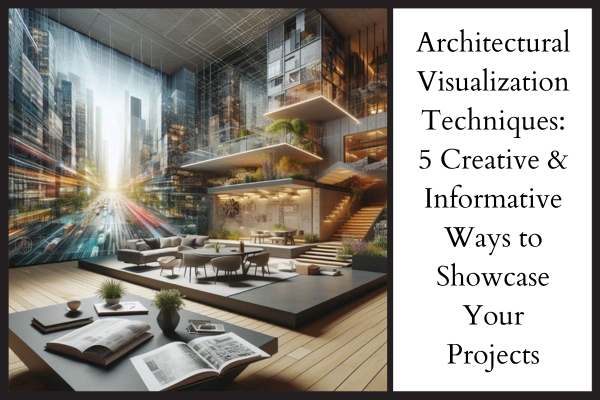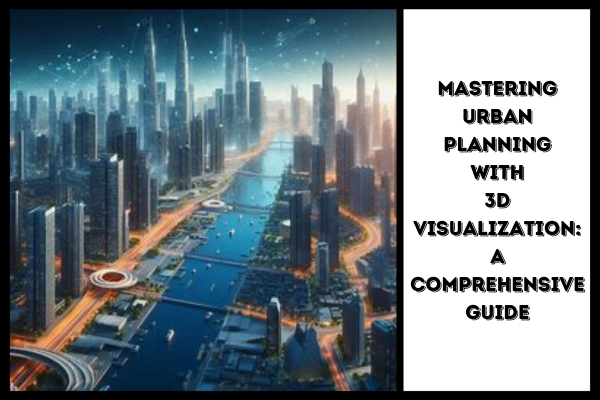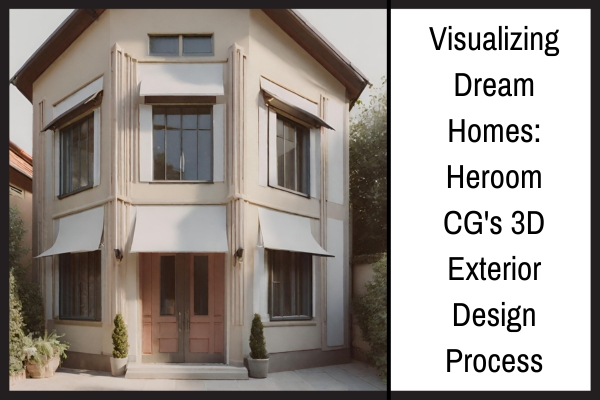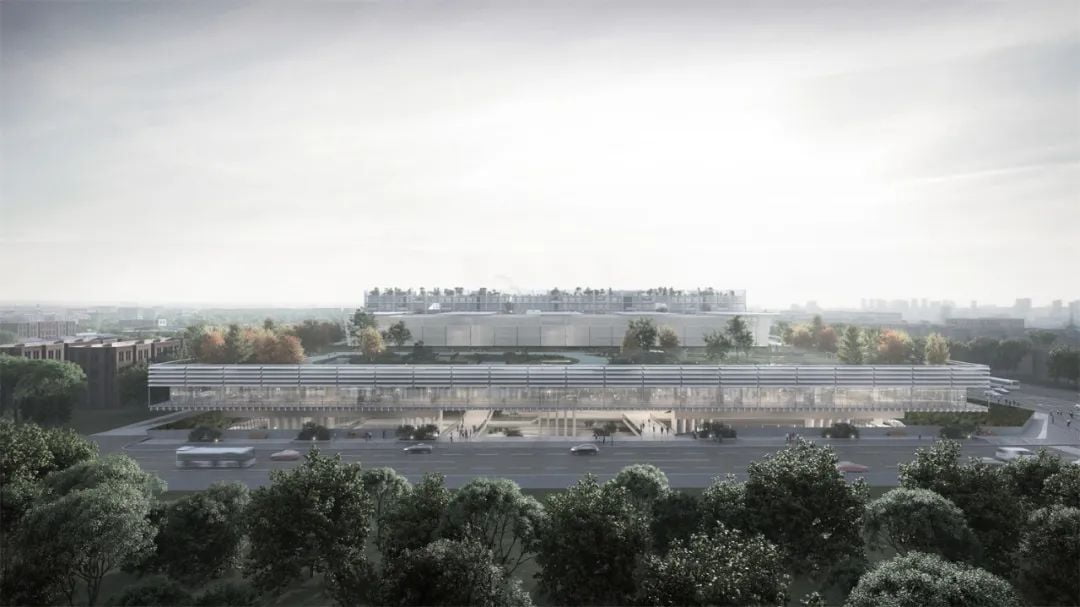Art of 3D Rendering:
The art of 3D rendering has taken the world by storm in recent years, transforming the way we create and visualize images and animations. 3D rendering has become essential in the modern digital age from architectural designs and product presentations.
What is 3D rendering?
This article will explore the technical side of the 3D rendering process and provide an overview of the science behind this powerful technology. 3D rendering is the procedure of making two-dimensional images from three-dimensional data. It is achieved using specific software to make a digital model of an object or scene and then put on various algorithms to replicate the effects of lighting, shadows, textures, and other visual elements. The result is a realistic picture of the original 3D data, which can be viewed from any angle and used in various applications.
How does 3D rendering work? The process can be broken down into many vital steps:
Modelling: The first step in the 3D rendering process is to make a digital model of the object or scene that will be rendered. It is commonly done using particular software that allows designers to make and manipulate 3D shapes, surfaces, and textures. The model is then refined and enhanced to ensure that it can be rendered efficiently and precisely.
Texturing: After the 3D model has been made, it must be textured to give it a realistic appearance. It includes applying digital images or textures to the model’s surfaces, which can be adjusted to affect a wide range of materials, such as metal, wood, or fabric.
Lighting: The 3D scene must be properly lit to make a realistic image. It involves simulating the effects of natural or artificial light sources on the objects in the background, considering factors such as shadow, reflection, and refraction.
Rendering: Once the 3D model has been textured and lit, it is ready to be rendered. It involves applying complex algorithms to the 3D data to generate a 2D image exactly representing the original scene. The rendering procedure can be time-consuming, mainly for complex scenes with multiple objects and light sources.
Post-processing: After the rendering process is complete, the final image may undergo additional post-processing to enhance its appearance or correct any issues arising during the rendering process. It can include color correction, noise reduction, or other adjustments.
While the basic steps of the 3D rendering process are relatively straightforward, several technical challenges must be overcome to achieve high-quality results.
These challenges include:
Complexity: 3D rendering can be highly complex, particularly for scenes with many objects, light sources, and textures. To achieve realistic results, designers must carefully balance these elements and optimize the rendering process to achieve the desired level of detail.
Hardware limitations: 3D rendering is a compute-intensive process requiring powerful hardware to achieve optimal performance. It can include high-end graphics cards, multi-core processors, and large amounts of RAM.
Software limitations: In addition to hardware limitations, 3D rendering is also constrained by the capabilities of the software used to create and render the 3D data. It can include limits on the number of objects or light sources that can be rendered and restrictions on the level of detail that can be achieved.
There are still some challenges to be overcome in the field of 3D rendering. One major issue is the “uncanny valley” effect, which occurs when a rendered image looks almost but not quite human. It can make the image appear creepy or unsettling and is a significant challenge for designers in fields such as animation.
Another challenge is the need to balance realism with artistic expression. While 3D rendering can produce incredibly realistic images, there is also a danger of creating images that could be perfect or more sterile. It can make the image appear artificial and unengaging, detracting from the design’s overall impact.
Conclusion:
Despite these challenges, 3D rendering has become an essential tool for designers, architects, and artists worldwide. 3D rendering has opened up new possibilities for visual communication and creative expression, from creating lifelike images to designing entire virtual worlds. The technology has also advanced rapidly in recent years, with new techniques and algorithms constantly being developed to enhance the quality and efficiency of 3D rendering.
One of the most exciting developments in 3D rendering is using real-time rendering engines. These engines, such as Unity and Unreal Engine, allow designers to create and manipulate 3D scenes in real time, providing instant feedback on changes to lighting, textures, and other visual elements. It has revolutionized the design process, enabling designers to iterate quickly and experiment with new ideas more efficiently.
Another area of innovation in 3D rendering is using machine learning algorithms to automate certain aspects of the process. For example, some software can automatically generate 3D models from 2D images or predict the most efficient rendering settings for a scene. It has the potential to streamline the 3D rendering process even further, allowing designers to focus on the creative aspects of their work.
3D rendering remains an exciting and fast evolving field, with endless possibilities for creative expression and visual communication. As technology advances, we can expect to experience more powerful and efficient 3D rendering tools emerge, opening up new frontiers in design and architecture. And with the help of companies like Heroom, which specializes in 3D rendering and visualization services, businesses and individuals alike can use this cutting-edge technology to bring their ideas to life in new and exciting ways.











